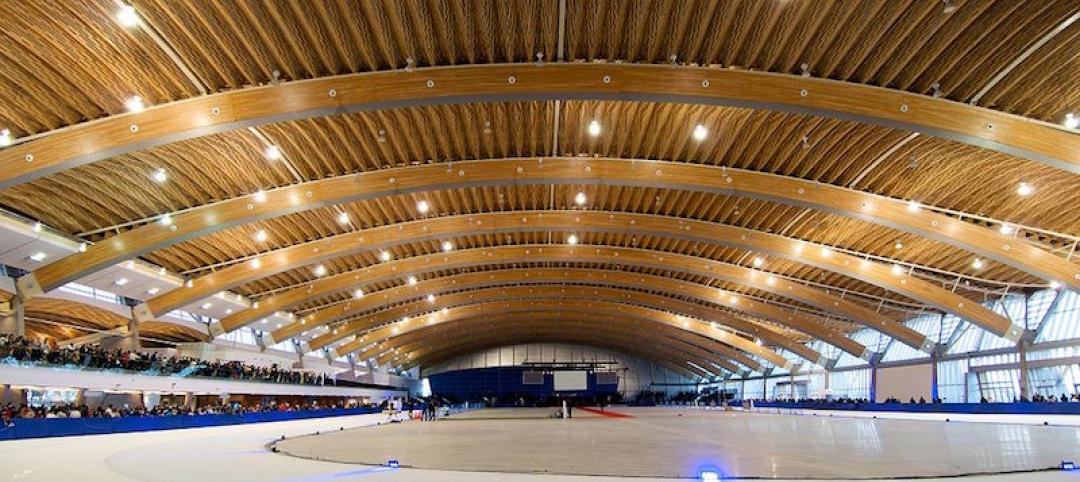The American Concrete Institute’s completely reorganized ACI 318-14, “Building Code Requirements for Structural Concrete and Commentary,” is open for public review for a 45-day period.
“Members of ACI Committee 318 have been actively working on this completely reorganized Code for over 10 years, and have collectively dedicated over 96,000 work hours to improve its usability and increase confidence among all Code users,” said Randall W. Poston, Ph.D., P.E., S.E., Chair, ACI Committee 318. “The committee encourages Code users and those interested in ACI 318 to visit the web portal at www.concrete.org/ACI318, download and review the complete draft of ACI 318-14, and provide the Institute with insight and comments for further improvements by June 17, 2014.”
ACI 318-14 has been reorganized for greater ease of use and to address design requirements for specific member types, such as beams, columns, walls, and diaphragms. All design provisions for a specific member type are contained within a single chapter. The committee also enhanced the readability of the document.
Many lengthy provisions were parsed into multiple shorter provisions addressing single requirements, and several provisions were defined using tables. The increased use of graphs and tables instead of text provides clearer presentation of the information. Code language was edited for consistent use of terms and symbols.
Significant highlights of the new ACI 318 include:
· Improved language and style consistency
· Improved logic and flow of information
· Member-based organization to quickly locate relevant code information
· Construction requirements centralized in one chapter
The 2014 edition of ACI 318-14 “Building Code Requirements for Structural Concrete” is expected to be available in fall 2014, and be referenced in the 2015 edition of the International Building Code.
Related Stories
Energy | Sep 13, 2016
Oberlin College to hold conference on post-fossil fuel economy
The gathering will address climate change and new sources of energy.
Industry Research | Sep 12, 2016
Evidence linking classroom design to improved learning mounts
A study finds the impact can be as much as 25% per year.
Legislation | Sep 8, 2016
Half of U.S. states now allow design-build on public projects
Missouri is the latest to enact design-build legislation.
Codes and Standards | Sep 8, 2016
Vapor intrusion risk addressed in new ASTM guide update
The updates address industry confusion over how to handle the issue.
BIM and Information Technology | Sep 7, 2016
Energy Star Portfolio Manager tool updated to factor in waste management
The costs and benefits of managing 29 types of waste are now included.
Wood | Sep 6, 2016
Atlanta suburb prohibits wood-framed construction for high rises
The new building code prevents any structure with more than three stories from being built from a CLT frame.
Codes and Standards | Sep 1, 2016
Overuse of air conditioning hurts office productivity
A study found temperatures in the low 70s reduce worker performance.
Regulations | Aug 31, 2016
FEMA wants to toughen flood regulation on projects using federal funds
The proposal ‘would essentially rewrite the current 100-year flood standard.’
Sustainability | Aug 30, 2016
New federal project plans must include climate impacts
Agencies must quantify the specific impacts when possible.
Green | Aug 29, 2016
Vancouver, B.C., to require zero emissions on new buildings by 2030
No net GHG emissions will be allowed.
















